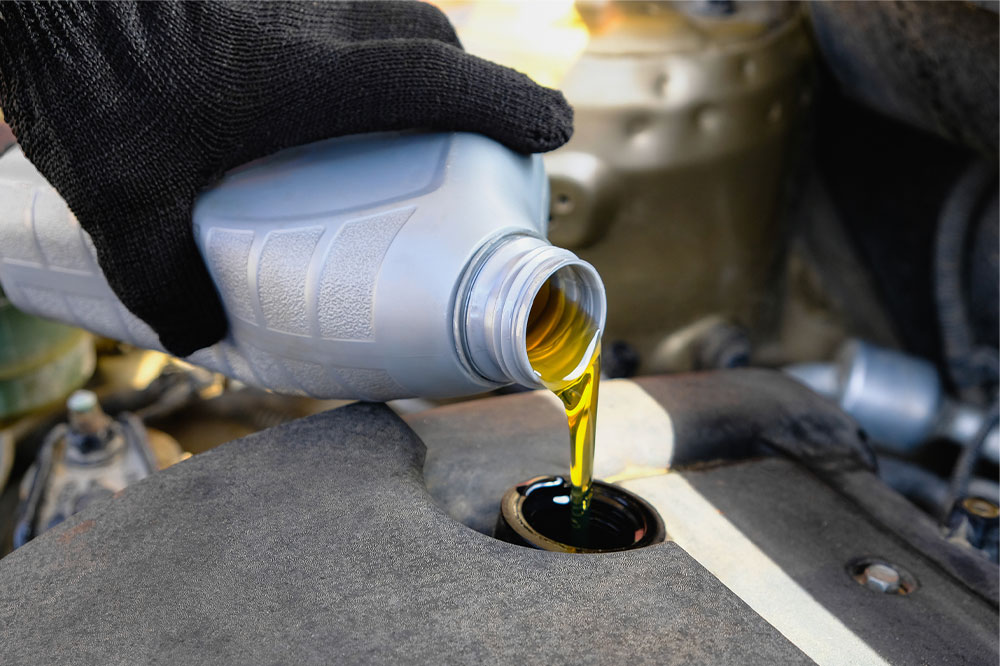4 mistakes to avoid while replacing engine oil

None of the working parts of a vehicle, including the engine, can last an eternity. But you can extend the life of an engine by regularly changing the oil. This helps keep the parts of the engine lubricated, allowing the vehicle to perform optimally. However, if key steps are overlooked while changing the oil, the engine and its components can be damaged. So, here are a few mistakes to avoid making while replacing engine oil:
Forgetting to warm up the engine
Oil cannot flow well at a cold temperature, so you may not be able to drain out all of it if the engine is not warmed up first. Missing this step may result in deposits in the engine parts, damaging the components. So, before draining the engine oil, start the vehicle and let it rev for about 5–10 minutes. Doing so will heat the oil, which may help you drain most of it easily.
Not changing the oil filter
The oil filter is responsible for screening contaminants from entering the engine. So not changing the filter for a long time could lead to poor filtration and flow of engine oil, leading to internal damage. While not changing the oil filter may save you a couple of bucks today, a damaged engine will cost much more to fix in the future. So when you change the engine oil, don’t forget to check and replace the filter, which will help the engine run efficiently.
Choosing the wrong viscosity
Several brands advertise different types of oils. Even friends and family members may recommend types that they prefer for their cars. However, an engine is designed with specific bearing clearances and oil passage sizes that work with a particular oil viscosity. So while getting the alternative could be cost-effective, it may damage the component over time. Using the wrong oil could also increase the pace at which the lubricant burns, which may force you to replace the oil more frequently. This may cost you a significant amount of money.
Not tightening the drain plug
One of the biggest mistakes when replacing engine oil is leaving the drain plug loose, which happens when you are unaware of how tight the plug should be when screwing it back on. A loose drain plug could loosen up further when the car moves and cause engine oil to drain on the road. It could lead to the vehicle stalling in between a trip, which can be frustrating. To avoid this, ensure that you get it finger-tight until the gasket touches the surface of the drain pan. Follow this by using a tool to give the plug a quarter turn so that it is tight enough. On the contrary, you should also avoid over-tightening the plug as it could get jammed, break and keep spinning. In such situations, you may need to hire a professional to resolve the issue.






